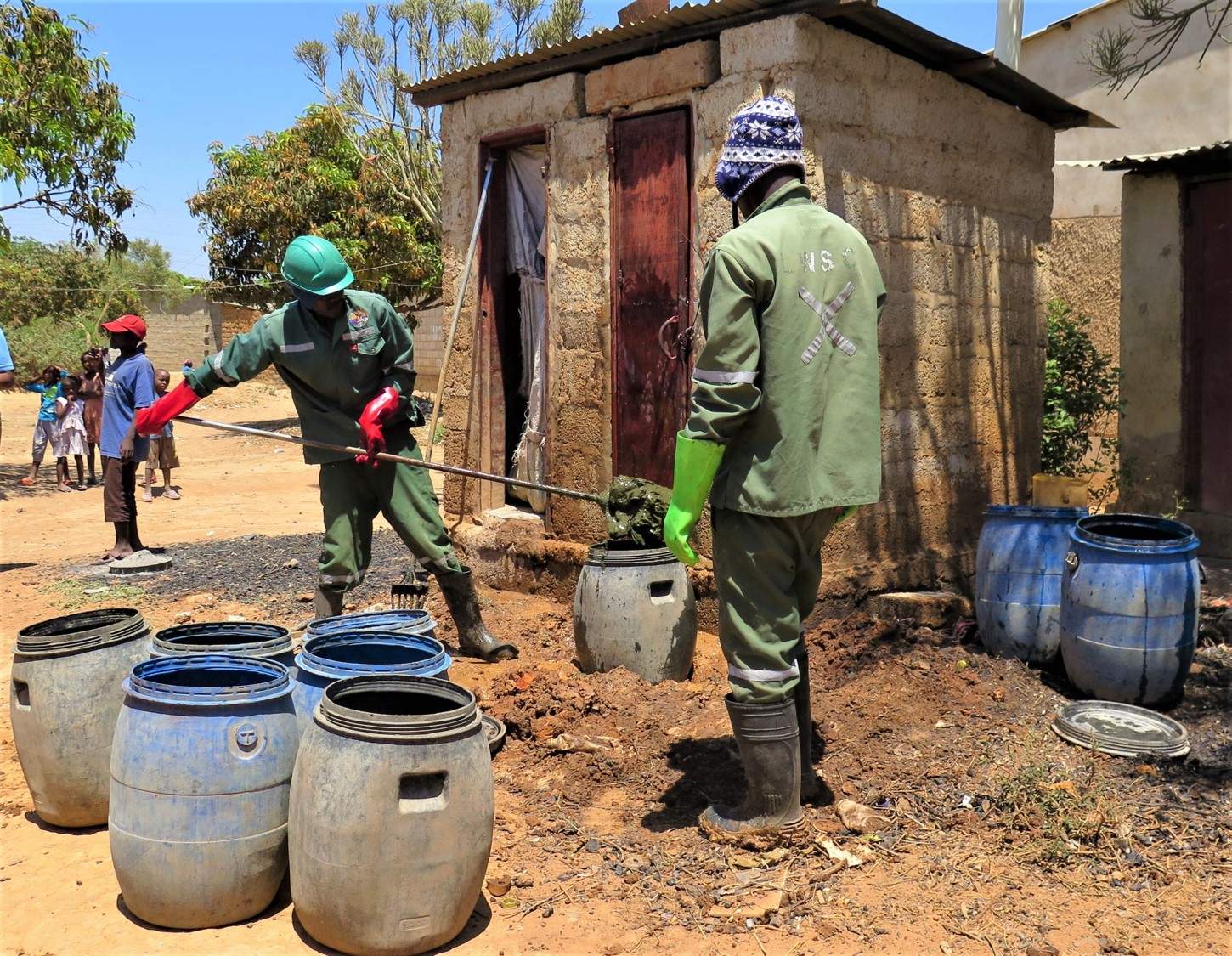
Transport and Emptying Services: Meet or Exceed the Minimum Requirements
Ensuring quality emptying and transport service in the camps is a challenging task. At the beginning of an emergency, latrines are constructed in order to meet the demand of the population without much regard to emptying. Eventually the pits start to fill up due to high number of users. It is crucial to ensure the minimum requirements are met while employing a service provider for the emptying and transportation of the fecal sludge from the pits. If any competent service provider is not available, the authority must set up the service ensuring the minimum requirement.
Through this lesson, you will learn how to make sure the emptying and transport services being provided to camps meet or exceed the minimum requirements.
Transport and Emptying Services: Meet or Exceed the Minimum Requirements
Ensuring quality emptying and transport service in the camps is a challenging task. At the beginning of an emergency, latrines are constructed in order to meet the demand of the population without much regard to emptying. Eventually the pits start to fill up due to high number of users. It is crucial to ensure the minimum requirements are met while employing a service provider for the emptying and transportation of the fecal sludge from the pits. If any competent service provider is not available, the authority must set up the service ensuring the minimum requirement.
Through this lesson, you will learn how to make sure the emptying and transport services being provided to camps meet or exceed the minimum requirements.
Select a language
Need help?
Can’t find what you need? Have more questions about a topic? Need advice on how to use a resource? Chat with a CAWST advisor.
Contact usAbout CAWST
CAWST is a Canadian charity and licensed engineering firm. We address the global need for safe drinking water and sanitation by building local knowledge and skills on household solutions people can implement themselves.